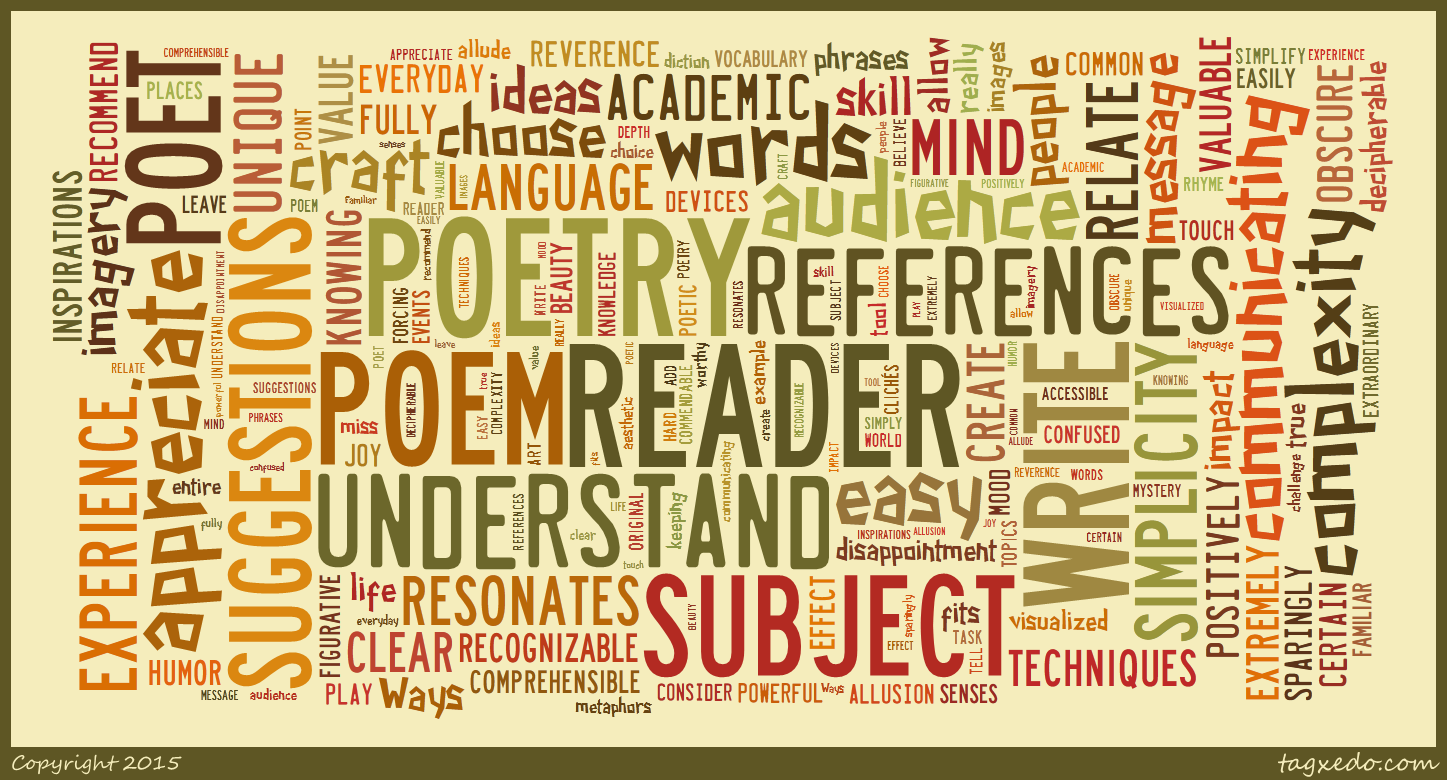
Writing Process for Business Communications
For many people, writing is difficult. But writing can become faster and more efficient with practice. When writing effectively…
October 5, 2022
For many people, writing is difficult. But writing can become faster and more efficient with practice. When writing effectively…
October 5, 2022
There’s a reason that one day you sat down at an empty screen or in front of a blank…
July 18, 2021
Recently, I uploaded my latest screenplay to a screenwriting website for Hollywood producers and studios to view. I was…
March 4, 2021
Every year around this time, I take a moment to reflect on the progress I have made as a…
December 9, 2020
I was in the window seat, thumbing through my recent issue of “Writer’s Digest,” just waiting for the plane…
October 21, 2020
As a writer, Christian, and citizen I have made a purposeful choice to keep my social media posts social.…
August 5, 2020
Recently my best friend and I met up for our first guys’ night out of the year, after eating…
February 4, 2020
Your not going to like what I say. You might feel like pulling you’re hair out. I am assuming…
September 6, 2019
My critique group says my MG fiction is preachy. Now what? First let me say that I love my…
April 15, 2018
I fell in love with Langston Hughes’ poetry when only a teenager in high school. Still today, I enjoy…
February 5, 2016
Many people are discouraged from enjoying poetry because they claim it’s too difficult. Trust me. I’ve had those moments…
January 6, 2016
Simplicity is extremely valuable when it comes to communicating through poetry. I’ve always wanted my poems to positively impact…
October 18, 2015
“Mom, I think Tina could make a sermon illustration out of a booger.” I saw the two of them…
July 11, 2015
Shame is an incredible de-motivator. Shame whispers questions and breathes doubt into our hearts and minds, stifling our creativity…
June 27, 2015